.png)
How AI is Transforming the Building Industry
Introduction: The Evolution of AI in Construction
Artificial Intelligence (AI) is no longer just a concept for the future. It’s here, and it’s changing how buildings are designed, built, and managed. The construction industry has always been known for its complexity, with multiple stakeholders, tight deadlines, and the need for precision. AI is now stepping in to simplify these challenges.
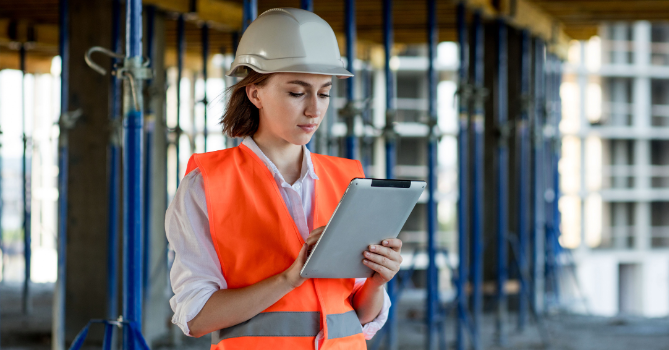
In the past, construction projects often faced delays, cost overruns, and safety issues. AI is helping to solve these problems. With AI, we can now automate repetitive tasks, predict project timelines more accurately, and even enhance worker safety. For example, AI can analyze vast amounts of data from Building Information Modeling (BIM) systems, identifying potential design issues before they become costly problems.
AI doesn’t just stop at the construction site. It continues to add value long after the project is completed. From predictive maintenance to optimizing energy use in buildings, AI ensures that structures operate efficiently and safely over time.
The evolution of AI in construction is about making the industry smarter, safer, and more efficient. It’s about using technology to build better and manage smarter. As AI continues to develop, its role in construction will only grow, leading to a more streamlined and innovative industry.
Enhancing Project Efficiency with AI
AI is making construction projects more efficient by streamlining processes and reducing delays. Traditionally, managing a construction project meant juggling many tasks scheduling, budgeting, and quality control—all at once. AI simplifies this by automating key tasks, ensuring that projects run smoothly from start to finish.
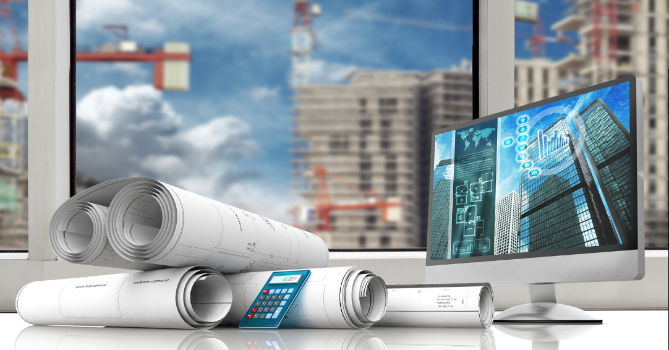
One of the major benefits of AI in construction is its ability to optimize project timelines. AI tools analyze past projects and current conditions to predict potential delays before they happen. This allows project managers to adjust schedules proactively, avoiding costly overruns.
AI also enhances efficiency by improving design accuracy. Using AI, architects can generate detailed models that anticipate problems before construction even begins. These models can be integrated with BIM systems, allowing for better collaboration and fewer errors on the job site.
Additionally, AI helps manage resources more effectively. By analyzing data from previous projects, AI can forecast material needs and allocate resources more accurately, reducing waste and saving money.
Overall, AI is transforming construction by making it more efficient. It allows project managers to focus on strategic decisions rather than getting bogged down in day-to-day tasks, leading to projects that are completed on time, within budget, and with fewer headaches.
Improving Safety Standards on Construction Sites
Safety is a top priority in construction, and AI is playing a crucial role in enhancing it. Construction sites are inherently risky, with heavy machinery, high elevations, and constant movement. AI helps reduce these risks by predicting and preventing accidents before they happen.
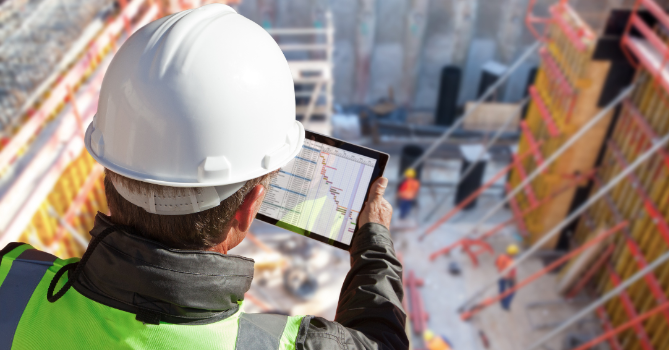
AI-powered systems can monitor job sites in real time, using cameras and sensors to detect potential hazards. For example, AI can identify when a worker is too close to dangerous equipment or when safety protocols aren’t being followed. This immediate feedback allows supervisors to intervene quickly, reducing the likelihood of accidents.
Another significant contribution of AI is its ability to analyze data from past incidents. By examining patterns in previous accidents, AI can predict where and when future risks might occur. This predictive capability helps in implementing targeted safety measures, making the site safer for everyone involved.
AI also assists in ensuring compliance with safety regulations. It can automatically check if workers are wearing the required safety gear, like helmets and vests, and send alerts if something is amiss. This constant monitoring not only keeps workers safe but also ensures that projects stay compliant with legal standards.
In short, AI is revolutionizing safety in construction by making sites more secure and less prone to accidents. It’s a powerful tool that is helping to protect workers and improve overall project outcomes.
AI and BIM: A Perfect Match
AI and Building Information Modeling (BIM) are transforming the construction industry together. BIM provides a digital representation of a building’s physical and functional characteristics, while AI enhances this data with predictive insights and automation.
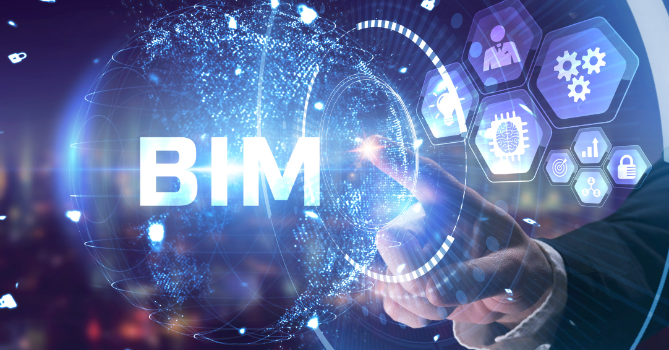
When integrated with AI, BIM becomes even more powerful. AI can analyze the vast amount of data within BIM models to identify potential issues before they arise. For example, AI can detect clashes in designs, suggest optimizations, and ensure that the project adheres to safety standards.
AI also enables real-time collaboration on BIM platforms. By using AI-driven tools, teams can work together more effectively, sharing updates instantly and making decisions based on accurate, up-to-date information. This reduces errors and enhances the overall quality of the project.
Moreover, AI helps in making BIM more sustainable. It can optimize designs for energy efficiency, reduce material waste, and predict the environmental impact of a project, contributing to more sustainable construction practices.
In summary, AI and BIM are a perfect match, driving innovation and efficiency in construction by combining smart data analysis with detailed modeling. Together, they are shaping the future of the industry.
AI in Post-Construction: Maintenance and Operation
AI continues to add value long after construction is completed by enhancing maintenance and operations. In the post-construction phase, AI systems monitor building performance, ensuring that everything runs smoothly and efficiently.
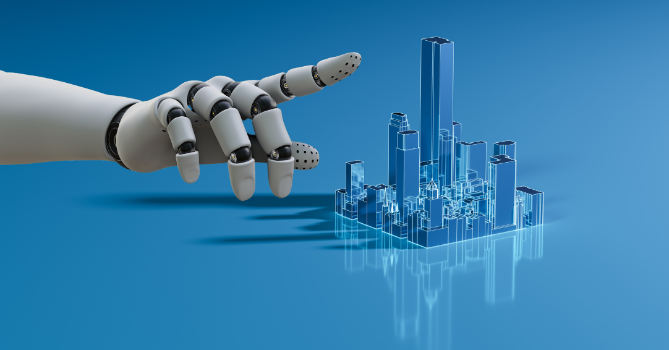
AI can predict maintenance needs by analyzing data from sensors embedded in the building. For instance, AI can detect when equipment is wearing out and needs servicing before it fails, preventing costly downtime and extending the lifespan of assets. This proactive approach to maintenance not only saves money but also ensures the building remains safe and functional over time.
Moreover, AI helps optimize energy use in buildings. By continuously analyzing energy consumption patterns, AI can suggest adjustments to HVAC systems, lighting, and other utilities, reducing waste and lowering operational costs. This leads to more sustainable and cost-effective building management.
In summary, AI plays a vital role in maintaining and operating buildings efficiently after construction. Its ability to predict maintenance needs and optimize resources ensures that buildings remain in top condition, benefiting both owners and occupants in the long run.
Conclusion: The Future of AI in Construction
The future of construction is closely tied to AI. As AI continues to evolve, it will drive further innovations in how buildings are designed, constructed, and maintained. From improving efficiency and safety to optimizing post-construction operations, AI is set to become an integral part of the construction industry.
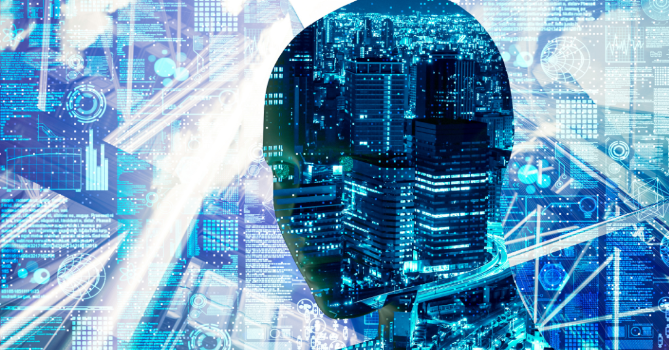
The benefits of AI are clear: projects are completed faster, safer, and with greater precision. As AI technology advances, we can expect even more groundbreaking applications that will further transform the industry.
In short, AI is not just a tool for the future—it’s a vital part of construction today, and its influence will only grow in the years to come.